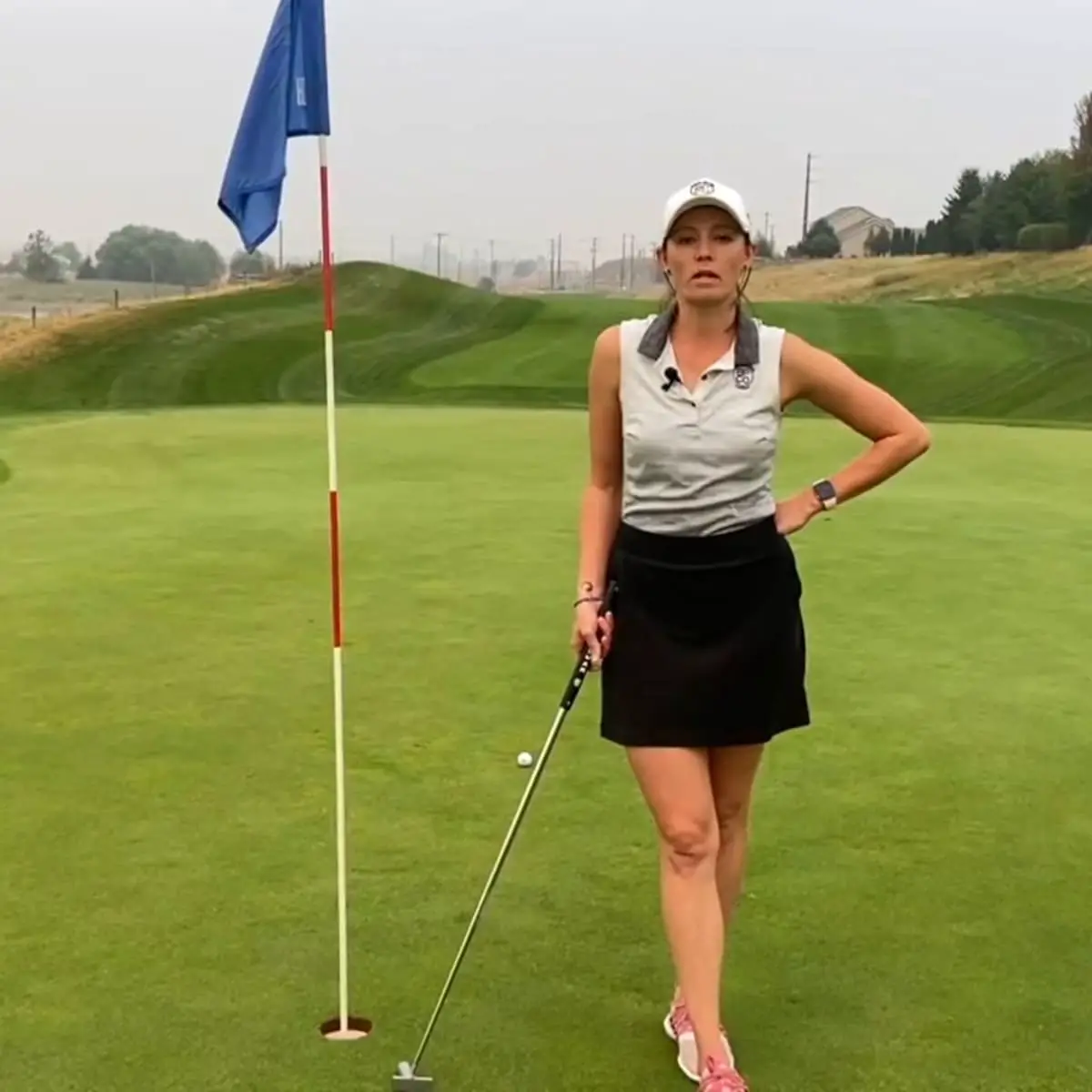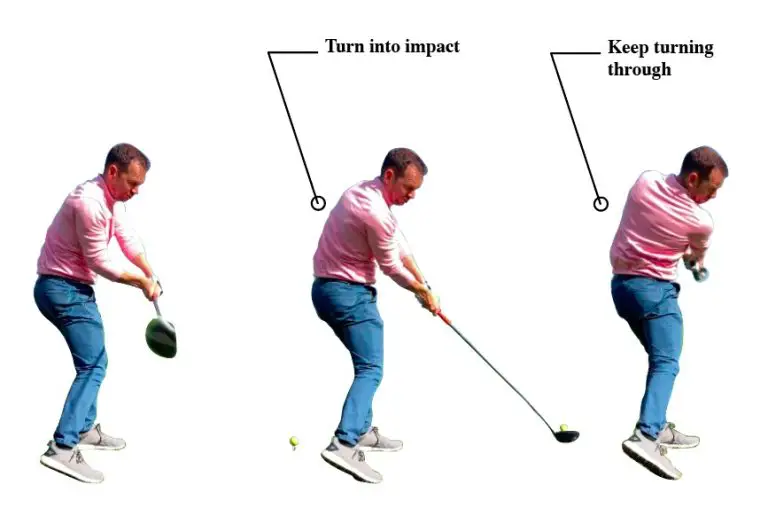Is Side Saddle Putting Legal

Putting is a critical aspect of the game of golf, and golfers are constantly searching for techniques to improve their skills on the greens. One such technique that has gained attention and intrigue is side saddle putting. This unconventional approach to putting involves a distinct stance and stroke, offering potential advantages in alignment and stroke consistency. However, as with any golf technique, questions arise about its legality and compliance with the rules of the game. In this comprehensive article, we delve into the intricacies of side saddle putting to unveil its legal standing within the golfing world.
In the following sections, we will explore the rules and regulations set forth by the governing bodies of golf, such as the United States Golf Association (USGA) and the Royal and Ancient Golf Club of St. Andrews (R&A). We will analyze the specific rules governing putting techniques and examine the interpretations and rulings that shape the acceptance and legality of side saddle putting. Additionally, we will consider any historical legal challenges that have influenced the perception and acceptance of this unique putting style.
Join us on this exploration of side saddle putting’s legality as we unravel the rules, clarifications, and debates surrounding this intriguing technique. Whether you’re a golfer curious about its permissibility or a golf enthusiast seeking a deeper understanding of the game, this article will provide valuable insights into the legal landscape of side saddle putting.

Understanding Side Saddle Putting
Side saddle putting is a putting technique where the golfer stands perpendicular to the target line and putts with a side saddle stance. It involves facing the hole with both feet together or one slightly behind the other. The player then swings the putter along the target line, with the intention of achieving a more stable and consistent stroke.
Side saddle putting has a fascinating history that dates back several decades. It was popularized by golfers such as Sam Snead and, more recently, Bryson DeChambeau. The technique has captivated the golfing world due to its unconventional approach and the potential advantages it offers in terms of alignment and stroke stability.
USGA Rules and Regulations
To understand the legality of side saddle putting, we must examine the rules and regulations established by golf’s governing bodies. The United States Golf Association (USGA) plays a pivotal role in shaping the rules of golf for the United States. Let’s delve into the USGA’s perspective on side saddle putting.
What are the rules and regulations set by the USGA?
The USGA, in collaboration with the Royal and Ancient Golf Club of St. Andrews (R&A), establishes and interprets the rules of golf worldwide. These rules govern various aspects of the game, including putting techniques. When it comes to side saddle putting, the USGA Rules of Golf provide guidance and restrictions to ensure fair play and maintain the integrity of the game.
Examination of the relevant rules for side saddle putting
The primary rule governing side saddle putting is Rule 10.1b (2) of the USGA Rules of Golf, which states that the player must not take a stance astride, or with either foot touching, the line of putt being taken. This rule aims to prevent players from straddling the line of putt, as it could potentially interfere with the intended line and create an unfair advantage.
However, it is crucial to note that the USGA has provided interpretations and clarifications regarding side saddle putting. These interpretations offer insights into how the USGA views the technique within the scope of the rules.
Impact of rule changes over time
Over the years, the rules governing side saddle putting have evolved, reflecting the dynamic nature of the game. In 2016, the USGA and the R&A implemented a significant rule change that allowed golfers to anchor the club against their bodies while making a stroke. This change, known as Rule 14-1b, prohibited the use of anchoring for all clubs, including the putter.
The decision to ban anchoring was met with mixed reactions, as some golfers believed that side saddle putting could fall under the scope of anchoring. However, the USGA clarified that side saddle putting, when not using an anchored stroke, remains permissible within the rules.
R&A Rules and Regulations
While the USGA governs golf in the United States, the R&A is responsible for golf rules and regulations worldwide, excluding the United States and Mexico. Therefore, it is essential to explore the R&A’s stance on side saddle putting.
What are the rules and regulations set by the R&A?
The R&A’s Rules of Golf align closely with the USGA’s rules, with minor differences catering to the international golf community. When it comes to side saddle putting, the R&A’s rules and regulations are similar to those of the USGA. The R&A also follows the principle that a player must not take a stance astride or with either foot touching the line of putt.
Harmonization or discrepancies between USGA and R&A rules
The USGA and the R&A work closely together to ensure consistency and harmony in the rules of golf. While there may be minor variations in wording or interpretations between the two bodies, the overall intention is to maintain uniformity and fairness in the game.
It’s important to note that the USGA and the R&A have taken steps to harmonize the rules of golf. This collaborative effort ensures that golfers worldwide can compete under a standardized set of rules, regardless of their geographic location.
Historical Legal Challenges
Throughout the history of golf, there have been legal challenges and controversies surrounding various aspects of the game, including putting techniques. Side saddle putting has not been immune to such scrutiny, leading to legal debates and discussions.
Reviewing notable legal cases or controversies related to side saddle putting
One notable legal case that stirred the golfing world was the dispute involving Sam Snead’s side saddle putting technique in the 1960s. Snead, a prominent professional golfer, faced challenges from golf authorities who questioned the legality of his putting style. The case sparked discussions on the interpretation of the rules and the potential advantages or disadvantages of side saddle putting.
Legal challenges related to putting techniques often revolve around the interpretation and application of the rules. Golf’s governing bodies play a crucial role in resolving such disputes and providing clarity to ensure fair competition.
Impact of legal challenges on the perception and acceptance of the technique
Legal challenges surrounding side saddle putting have influenced the perception and acceptance of the technique within the golf community. Golfers and enthusiasts closely observe the outcomes of legal cases, as they can shape the future direction of putting techniques and the overall landscape of the game.
It is essential to stay updated on any legal developments and rulings regarding side saddle putting, as they can impact its acceptance and usage in various golfing contexts.
Interpretations and Rulings
To ensure consistent application of the rules, golf’s governing bodies issue interpretations and rulings that provide guidance on specific situations and techniques, including side saddle putting. These interpretations shed light on how the rules should be interpreted in relation to this unique putting style.
Analysis of official interpretations and rulings by golf governing bodies
The USGA and the R&A periodically issue official interpretations and rulings to clarify the rules of golf and their application. These interpretations may address specific scenarios or provide general guidance on putting techniques.
When it comes to side saddle putting, golfers can consult these interpretations to understand how the technique aligns with the rules. It’s important to note that interpretations can evolve over time, so staying informed about any updates or changes is crucial.
Clarifications on specific aspects of side saddle putting Interpretations and rulings may address specific aspects of side saddle putting, such as the positioning of the feet, the alignment of the body, or the movement of the putter during the stroke. These clarifications provide golfers with a clearer understanding of the boundaries and requirements of the technique within the rules of golf.
Understanding the official interpretations and rulings ensures that golfers can confidently embrace side saddle putting while adhering to the rules and regulations of the game.
Professional Golf Tours
The regulations and allowances for side saddle putting can vary between different professional golf tours. Let’s explore how side saddle putting is regarded on some of the major professional tours worldwide.
Examination of the rules and regulations enforced by major professional tours Professional golf tours, such as the PGA Tour, European Tour, and LPGA Tour, have their own sets of rules and regulations that govern competition. These rules and regulations may have specific provisions regarding putting techniques, including side saddle putting.
While the PGA Tour and European Tour generally allow side saddle putting, it’s important to note that they still adhere to the rules set forth by the USGA and the R&A. Golfers on these tours must ensure that their side saddle putting technique complies with the rules and interpretations provided by the governing bodies.
The LPGA Tour, on the other hand, has historically taken a stricter stance on side saddle putting. In the past, the LPGA had a rule that prohibited golfers from using a putting style where both feet were on the same side of the line of putt. However, it’s worth noting that rules and regulations can evolve over time, and it’s advisable to stay updated on the latest rulings by the LPGA Tour regarding side saddle putting.
It’s important for professional golfers to review and adhere to the rules and regulations specific to the tour they compete on. By understanding the allowances and restrictions regarding side saddle putting, golfers can confidently utilize this technique while competing at the professional level.
Recreational and Amateur Golf
While professional tours may have their own regulations, recreational and amateur golfers often have more flexibility in their choice of putting techniques. Let’s explore the permissibility of side saddle putting in non-competitive golf settings.
Applicability of side saddle putting in non-competitive settings
In recreational and amateur golf, there is generally more freedom when it comes to putting techniques. Golfers have the opportunity to explore different styles, including side saddle putting, to find what works best for them.
Local rules and club regulations regarding putting techniques
It’s essential to familiarize oneself with the local rules and regulations of golf courses or clubs where one intends to play. Some golf courses may have specific rules or guidelines regarding putting techniques, including side saddle putting. It’s advisable to inquire with the course management or consult their rulebook to ensure compliance with any restrictions or requirements.
While recreational and amateur golfers have more flexibility, it’s still important to respect the traditions and etiquette of the game. Always be mindful of other players on the course and adhere to the rules and regulations set by the golf facility.
Impact on Performance and Strategies
The choice of putting technique can significantly impact a golfer’s performance on the greens. Let’s explore the potential advantages and disadvantages of side saddle putting and how it may influence putting strategies.
Evaluation of potential benefits and challenges of side saddle putting
Side saddle putting offers unique advantages that may appeal to certain golfers. The side-on stance and pendulum-like stroke can provide stability and control, helping golfers maintain a consistent putting motion. It may also help with alignment and reducing the potential for yips or other putting-related challenges.
However, side saddle putting also presents its share of challenges. It requires a significant adjustment in technique and requires practice to develop proficiency. Additionally, the positioning of the body and the lack of direct sightlines to the target may take time to master.
Considerations for golfers when choosing a putting technique
When considering side saddle putting or any alternative putting technique, golfers should carefully evaluate their personal preferences, strengths, and weaknesses. Factors such as comfort, consistency, and overall putting performance should be considered when deciding which technique to employ.
It’s crucial to experiment with different putting styles, including side saddle putting, and assess their impact on your game. Seek guidance from golf professionals or instructors who can provide insights and tips specific to the technique you wish to adopt.
Conclusion
In conclusion, side saddle putting is a unique and intriguing putting technique that has garnered attention in the golfing world. While the legality of side saddle putting is generally accepted within the rules of golf, it’s important for golfers to be aware of the specific rules and interpretations provided by the USGA and the R&A. Understanding the rules and regulations set by these governing bodies is essential to ensure compliance and fair play.
Historical legal challenges have shaped the perception and acceptance of side saddle putting, and legal disputes have prompted discussions on the interpretation of the rules. However, the overall consensus is that side saddle putting is permissible as long as it adheres to the rules prohibiting straddling the line of putt.
Interpretations and rulings provided by golf’s governing bodies offer guidance on the application of the rules to side saddle putting. Golfers should consult these interpretations to understand the boundaries and requirements of the technique within the rules of golf.
The permissibility of side saddle putting can vary between professional golf tours. While some tours, like the PGA Tour and European Tour, generally allow side saddle putting, it’s important for professional golfers to adhere to the specific rules and regulations of the tour they compete on. The LPGA Tour has historically had stricter regulations regarding side saddle putting, but it’s advisable to stay updated on any rule changes or interpretations.
In recreational and amateur golf, there is generally more flexibility in choosing putting techniques, including side saddle putting. Golfers should familiarize themselves with local rules and regulations and respect the guidelines set by golf courses or clubs they play at.
When considering side saddle putting or any alternative putting technique, golfers should evaluate the potential benefits and challenges. Factors such as stability, control, alignment, and personal preference should be considered when choosing a putting technique. Seeking guidance from professionals or instructors can provide valuable insights and tips specific to side saddle putting.
In conclusion, side saddle putting is a legal and intriguing putting technique that can be explored by golfers looking to enhance their putting performance. By understanding the rules, interpretations, and individual considerations, golfers can confidently adopt side saddle putting as part of their game and enjoy the potential advantages it offers on the greens.





